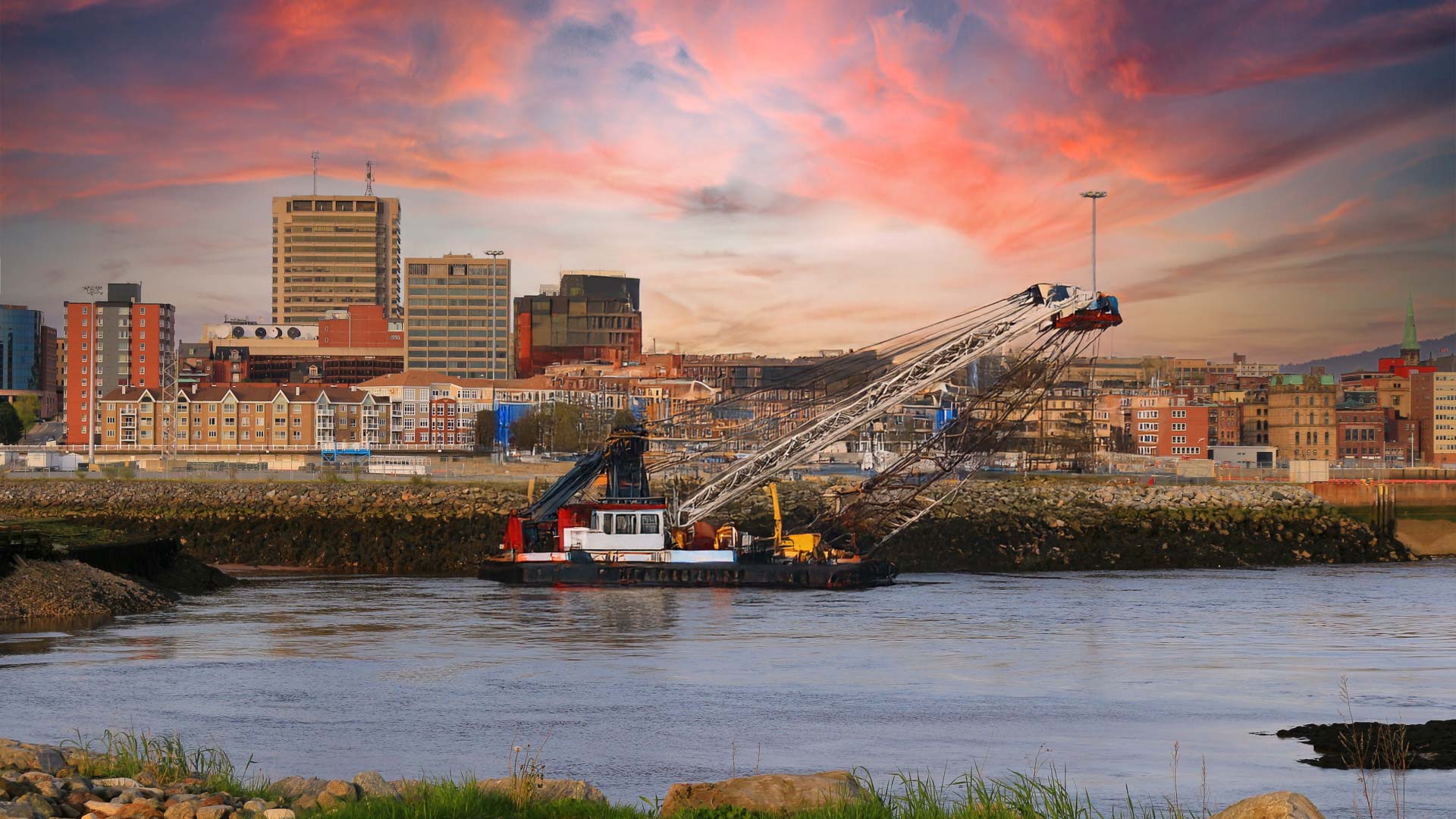- The Importance of Brunswick Harbor in Ro/Ro Cargo Operations
- Plans for Harbor Modifications to Accommodate Larger Vessels
- Key Components of the Brunswick Harbor Modification Project
- Updates on Brunswick Port Infrastructure
- Dredging Plans and Material Management Strategies
- Project Timeline and Funding for Brunswick Harbor Modifications
- The Future of Brunswick Harbor: What’s Next?
- Conclusion: Brunswick Harbor’s Role in Economic Growth and Maritime Efficiency
The Importance of Brunswick Harbor in Ro/Ro Cargo Operations
The U.S. Army Corps of Engineers, Savannah District, played a key role in the 2023 Brunswick State of the Port Luncheon on October 30, 2023. Held at the Jekyll Island Convention Center, this Georgia Ports Authority (GPA)-led event followed the Savannah State of the Port, which took place on October 12 at the Savannah Convention Center. The event highlighted upcoming plans and modifications to boost the efficiency of Brunswick Harbor, including dredging initiatives aimed at accommodating larger vessels.
Aiming to Become the Top Ro/Ro Port by 2026
The Port of Brunswick serves as a vital hub for roll-on/roll-off (Ro/Ro) cargo, primarily handling vehicles and heavy machinery. As part of its growth strategy, GPA aims to make Brunswick the leading Ro/Ro port in the United States by 2026. To achieve this, GPA will suspend all Ro/Ro operations at the Port of Savannah, shifting them entirely to Brunswick. This move is expected to significantly increase the number and size of vessels accessing Brunswick Harbor.
Plans for Harbor Modifications to Accommodate Larger Vessels
Feasibility Study Identifies Key Areas for Improvement
To prepare for the expected growth, a feasibility study conducted on March 11, 2022, outlined several modifications aimed at enhancing Brunswick Harbor’s economic efficiency. The study recommended deepening and widening specific sections of the harbor to facilitate access for larger vessels. These modifications will not only help strengthen supply chains but also promote economic growth while safeguarding the local environment.
Key Components of the Brunswick Harbor Modification Project
Cedar Hammock Range Bend Widener
One of the primary components of the project involves creating a bend widener at Cedar Hammock Range. This modification will enhance navigation safety and efficiency for larger ships.
Expansion of the Turning Basin at Colonel’s Island Terminal
The plan also includes expanding the turning basin at Colonel’s Island Terminal to accommodate the increased traffic and vessel size. This improvement will facilitate smoother and more efficient port operations.
Establishment of a Vessel Meeting Area at St. Simon’s Sound
A new vessel meeting area will be established at St. Simon’s Sound to support the increased maritime activity. Unlike other parts of the project, this component will not require dredging by the Corps.
Updates on Brunswick Port Infrastructure
GPA’s Strategy for Seamless Cargo Handling
During his address at the event, Griff Lynch, President and CEO of GPA, emphasized the need for seamless cargo handling as Brunswick’s operations grow. “If we are going to grow, we need to ensure the ships, with increased volume, can be handled seamlessly,” Lynch said. He noted that the port’s design improvements were developed in close collaboration with local pilots to meet navigational requirements.
Dredging Plans and Material Management Strategies
Extensive Dredging to Facilitate Harbor Modifications
According to Samantha Holtzinger, Project Manager for the Brunswick Modification Project, approximately 205,000 cubic yards of material will be removed to create the bend widener. An additional 346,000 cubic yards will be dredged from the turning basin to support the planned expansion.
Managing Dredged Material: Andrew’s Island and Jekyll Island Proposals
The material dredged from the turning basin will be transported to the Andrew’s Island Dredged Material Containment Area. For the material from the bend widener, the Jekyll Island Authority has proposed a beneficial use plan to help stabilize an area of marsh experiencing erosion. The feasibility of using the dredged material for marsh restoration on Jekyll Island is currently under evaluation.
Project Timeline and Funding for Brunswick Harbor Modifications
Funding and Construction Timeline
The Brunswick Harbor Modification Project is expected to receive funding in Fiscal Year 2024, with construction slated to begin in early Fiscal Year 2025. These modifications aim to bolster the port’s capacity, improve the economic efficiency of commercial navigation, and support regional economic growth.
Ensuring Environmental and Economic Sustainability
The planned improvements are designed to balance economic growth with environmental protection, ensuring that Brunswick Harbor remains a vital and sustainable part of Georgia’s maritime industry.
The Future of Brunswick Harbor: What’s Next?
Preparing for Increased Vessel Traffic and Cargo Volume
As Brunswick aims to become the top Ro/Ro port by 2026, the harbor modifications and dredging efforts are crucial for accommodating larger ships and handling increased cargo volumes. The changes are expected to enhance supply chain efficiency and support the region’s economic development.
Collaboration and Planning for Long-Term Success
The partnership between the U.S. Army Corps of Engineers, GPA, and other stakeholders demonstrates a commitment to long-term success. By addressing shoaling issues and coordinating dredging schedules, these efforts will ensure Brunswick Harbor remains a reliable and efficient maritime gateway.
Conclusion: Brunswick Harbor’s Role in Economic Growth and Maritime Efficiency
The modifications to Brunswick Harbor, including dredging and infrastructure upgrades, are set to transform the port into a leading Ro/Ro cargo hub. These efforts will enhance navigation, accommodate larger vessels, and support economic growth while maintaining a commitment to environmental sustainability. With funding secured and construction on the horizon, the future of Brunswick Harbor looks promising.
